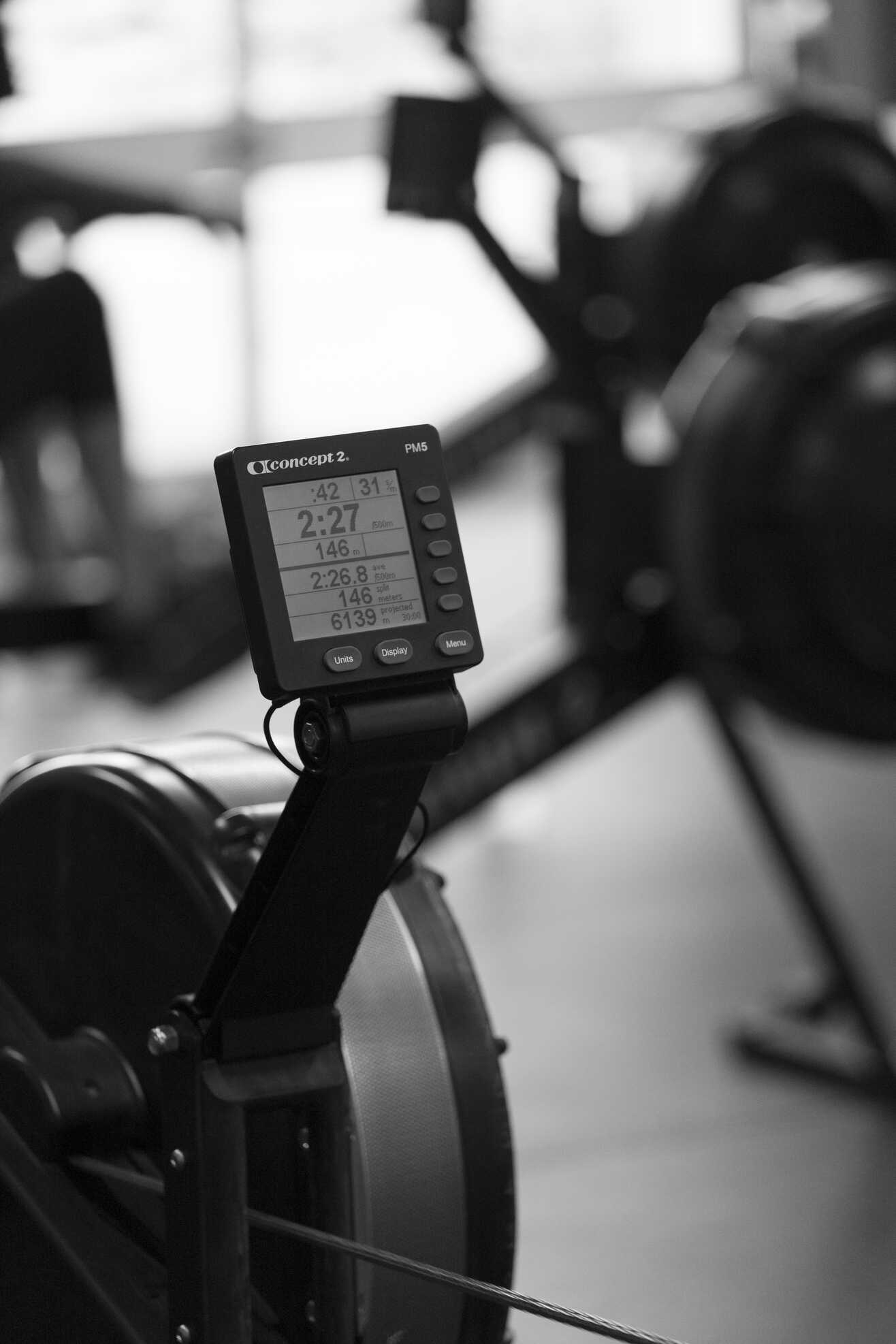

Let’s be real, doing less in the gym can feel like the opposite of progress.
In a training culture that celebrates pushing limits and chasing PRs, the idea of easing up might feel counterintuitive. But if you’ve been training consistently for weeks—or months—without a break, scaling back might be exactly what your body needs.
A deload week is a short, planned phase where you temporarily reduce the intensity or volume of your workouts. It’s not a rest week—you’re still training—but it’s designed to ease overall stress on the body while keeping your momentum going.
Think of it like easing into a lower gear during a long climb. You’re still moving forward, but you’re protecting your engine so it doesn’t burn out halfway up the mountain.
The longer and harder you train, the more physical and neurological fatigue builds up, sometimes without you even realizing it. Over time, this can lead to slower recovery, nagging soreness, decreased performance, or even injury.
A well-timed deload gives your body space to reset. It reduces inflammation, restores energy, and lets your muscles and nervous system catch up. Most athletes return feeling more refreshed, focused, and often stronger than before.
Ideally, deloads should be planned before things start to break down—not just when you're already feeling burnt out. Every 6–8 weeks of hard training is a good checkpoint. It's also smart to deload after a heavy testing cycle, a competition, or a period of life where stress—inside or outside the gym—is running high.
If your sleep is off, motivation is low, or workouts are starting to feel heavier than usual, your body might be sending a signal that it’s time to shift gears.
There’s no strict formula, but generally a deload week includes lighter weights, fewer reps, and a focus on movement quality over intensity. You might replace your usual barbell work with mobility sessions, lower-skill movements, or core-focused training. You’ll still move and break a sweat, but the goal is to feel better walking out of the gym than when you walked in.
The emphasis shifts from performance to recovery. From effort to intention.
The hardest part about deloading? It’s not physical, it’s mental.
For a lot of athletes, pulling back feels like failure. You might think you’re losing progress or falling behind. But in reality, deloading takes discipline. It’s a commitment to the bigger picture and a sign that you’re not just training hard, you’re training smart.
Deload weeks aren’t about slowing down. They’re about staying in the game for the long haul.
The best athletes—at any level—understand that you can’t hit peak performance year-round without making space for recovery. A well-timed deload could be the difference between your next big breakthrough and your next injury.
Knowing when to push and when to pull back is part of what makes that possible!